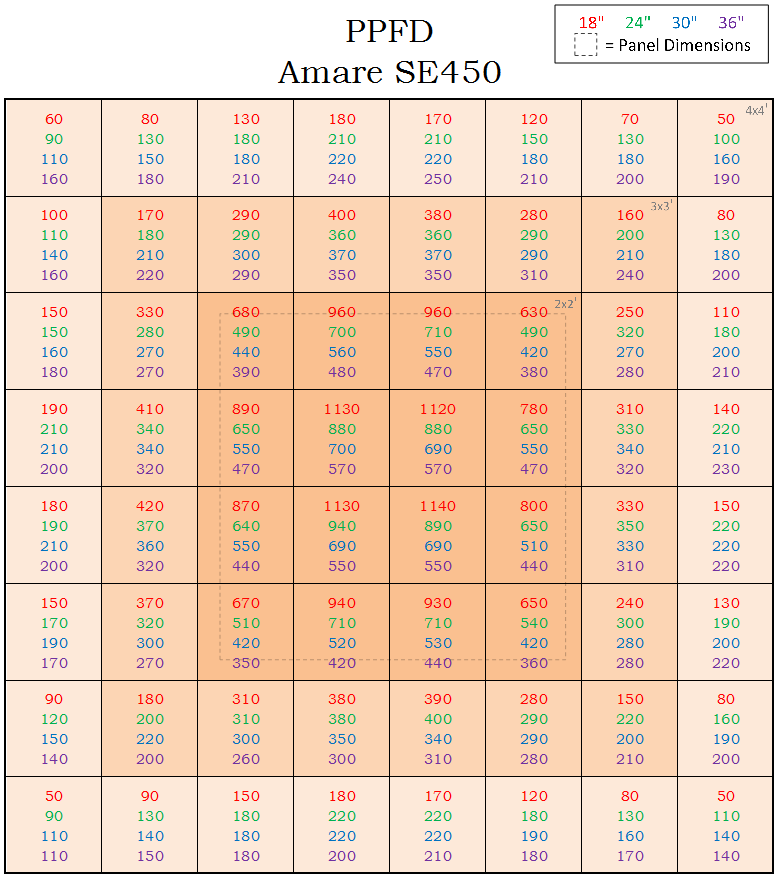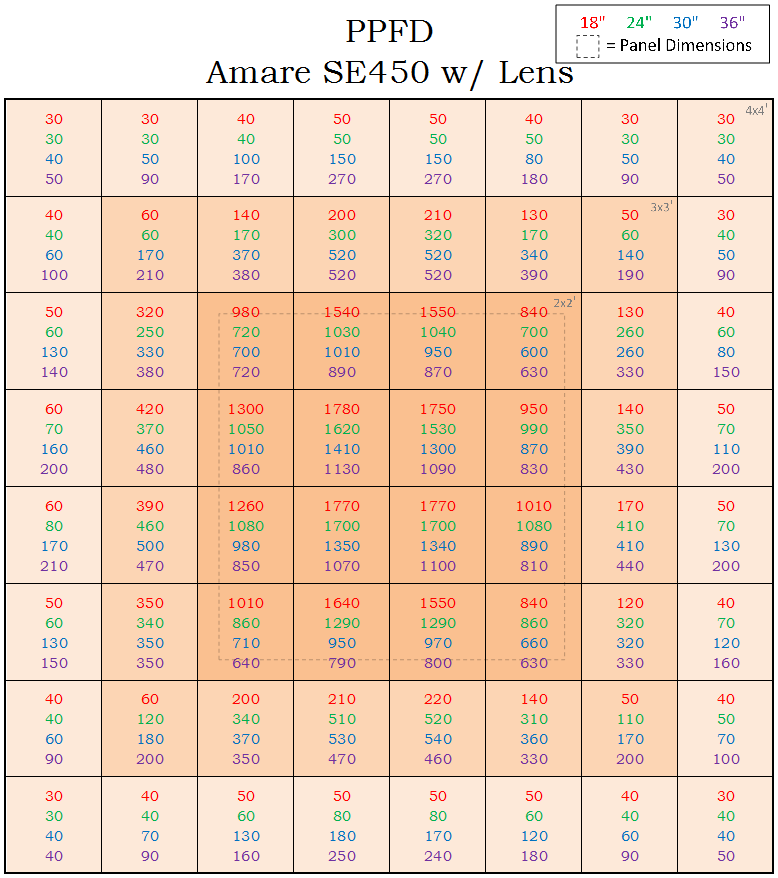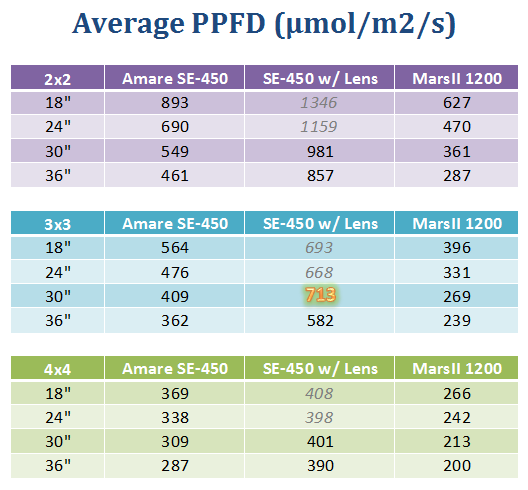ConstantGreen
New Member
I got about 14 oz from each of my couple harvests, probably about the same for my third coming up. Wish I had a light mover.
I used to switch the UVB manually, but that was a huge pita obviously. Setting it up on a 2nd timer is more reliable and allows you to customize the hours to be during the peak of the day. But in the end I decided it wasn't hurting to be on longer so now I just have it come on with the main timer for 12/12 once the flowers start producing trichomes.
Oh, and the UVB WILL re-veg your plants if left on overnight.
I finally got a lux meter and a par meter recently. I've been dying to be able to measure different panels and find out how they compare over cubic areas. I'll be graphing out the PAR and LUX of the SE450 at different heights and widths. As well as Mars II and Reflector series panels. Stay tuned.
@Amare, Is there a reason that LED manufacturers do not publish PAR graphs? I know some do, but I'd think it would be an industry standard to offer comparative data. Is PAR an adequate comparison across LED's, or does it get more advanced than measuring the flux between 400-700nm? Would an LED + CoB panel be measured differently?
I used to switch the UVB manually, but that was a huge pita obviously. Setting it up on a 2nd timer is more reliable and allows you to customize the hours to be during the peak of the day. But in the end I decided it wasn't hurting to be on longer so now I just have it come on with the main timer for 12/12 once the flowers start producing trichomes.
Oh, and the UVB WILL re-veg your plants if left on overnight.

I finally got a lux meter and a par meter recently. I've been dying to be able to measure different panels and find out how they compare over cubic areas. I'll be graphing out the PAR and LUX of the SE450 at different heights and widths. As well as Mars II and Reflector series panels. Stay tuned.
@Amare, Is there a reason that LED manufacturers do not publish PAR graphs? I know some do, but I'd think it would be an industry standard to offer comparative data. Is PAR an adequate comparison across LED's, or does it get more advanced than measuring the flux between 400-700nm? Would an LED + CoB panel be measured differently?






